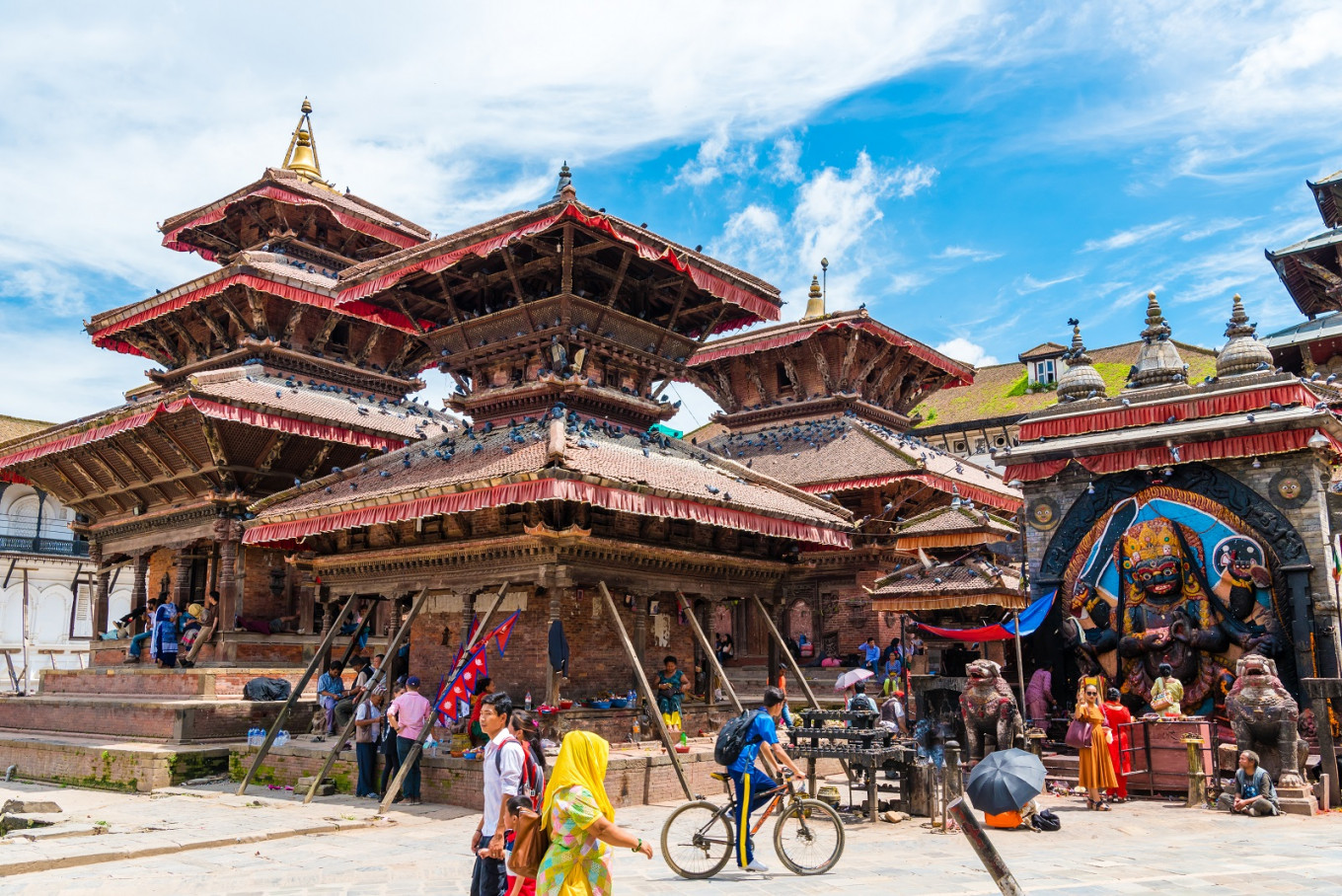Nepal’s forex reserves: Nepal’s economy appears to be following in the footsteps of Sri Lanka. The country is in the midst of an economic crisis that has pushed prices skyrocketing and foreign exchange reserves plummeting. And it appears like things are only getting worse.
Three former Nepalese finance ministers have stated that the country’s economy will worsen in the next few days unless the government acts quickly. Bishnu Paudel, Surendra Pandey, and Dr. Yubaraj Khatiwada, all members of the Communist Party of Nepal (Unified Marxist–Leninist) (CPN-UML), have released a 12-point joint statement on the country’s present economic crisis, claiming that the country’s economy is on the edge of collapse.
According to the Nepal Rastra Bank (NRB), the country’s currency reserves are now just enough to cover import costs for little more than six months, and less than seven months, which was the criterion set.
Due to rising imports, diminishing remittance inflows, and poor earnings from tourism and exports, symptoms of reserve depletion have been visible since July 2021. The values were USD 11.75 billion at the time. The alarm bells began to sound in February 2022, when the country’s gross FX reserves had plunged to USD 9.75 billion, down 17 percent from July 2021 levels.
The country’s yearly import bill recently surpassed the Nepalese Rs 1 trillion mark for the first time. This occurred in 2017-18, and the cause for this was the massive reconstruction following the devastating earthquake in 2015. Following that, the country has crossed the $1 trillion mark this year, as import costs for the first eight months of the current fiscal year totaled Rs 1.3 trillion in Nepalese rupees.
The trade gap is astounding at about Rs 1.15 trillion in Nepalese rupees. The country’s GDP was estimated to be at $35 billion in 2020-21. (over Nepalese Rs 4.25 trillion). A Nepalese Rupee (NR) is currently worth 63 paise in Indian Rupees (INR), or Re 1 (INR) is currently worth Nepalese Rupee 1.60.
Internal strife isn’t helping matters either. The Nepal government suspended NRB governor Maha Prasad Adhikari on Sunday over differences with Finance Minister Janardhan Sharma over how to handle the fiscal crisis and pull the country out of its economic mess — only the second time in the country’s history that a central bank governor has been fired before serving out his five-year term. Prior to his dismissal, the country enacted the central bank’s decision to prohibit the import of luxury goods due to a liquidity crisis.
Due to the pandemic and compounded by bad financial management by those in charge, Nepal and Sri Lanka, India’s two neighbors on either side, appear to be suffering from the same economic malaise.
What do Nepal and Sri Lanka have in common?
For starters, both the Nepalese and Sri Lankan economies rely substantially on tourism earnings, which has suffered significantly as a result of Covid-19. The countries’ tourism was barely recovering from the pandemic shock and was trying to stand, albeit on weak ground, when the Russia-Ukraine conflict and the resulting blow to tourists struck a death knell that has pushed the economy farther into the abyss.
Furthermore, even for critical goods like food and gasoline, both countries rely significantly on imports. Furthermore, both countries have curtailed exports in order to maintain the foreign exchange reserves required to fulfill import expenditures.
Despite the fact that Sri Lanka’s economy is twice as large as Nepal’s, the country’s unprecedented economic crisis appears to be having a similar impact on the ground. With international prices of vital products such as fuel and food items rising dramatically in recent months, import-dependent countries have seen huge inflation, destroying their foreign exchange reserves.
What makes these nations different?
While both countries are dealing with the effects of the epidemic and economic mismanagement, Sri Lanka’s situation has been aggravated by government policies such as tax cuts, freebies, haphazard organic farming, and the prohibition of chemical fertilizers. The most recent change was the most disastrous since it harmed the country’s principal crop, paddy, which collapsed as a result of the messed-up transfer. As a result, revenue decreased, forex decreased, and the country’s coffers were depleted even for basic necessities.
However, in Nepal, the economic crisis was exacerbated by a political crisis. In the latter days of former Prime Minister KP Sharma Oli’s tenure as Prime Minister of Nepal, economic upheaval erupted. As the Himalayan monarchy was decimated by the second wave of Covid-19, political instability, and the economy took a beating, the leader was facing a barrage of criticism. KP Sharma Oli had been warning of a coming economic crisis since his administration dissolved in January 2021, and the country is now on the verge of it.
Unlike Sri Lanka, where shady tactics caused the paddy crop to collapse, Nepal’s top currency earners — soyabean oil and palm oil — were never substantial producers in the first place. In truth, it does not produce a single drop of palm oil; instead, it imports it and then exports it, allowing Kathmandu to benefit from the South Asian Free Trade Area (SAFTA) agreement.
Despite the Covid-19 waves, Nepal’s foreign exchange reserves have been progressively dropping as imports have increased, while remittances, tourism profits, and export earnings have decreased. However, things have not yet deteriorated to the extent that they did in Sri Lanka. As Nepal prepares for an imminent economic crisis, the people can only hope for a stable and strong administration that can limit the damage before it becomes a repeat of the Sri Lankan situation.

